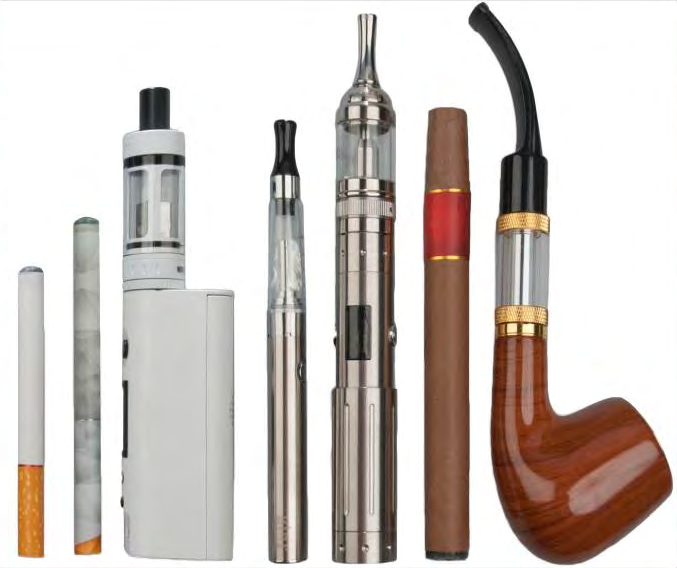Herbert Gilbert’s Early Concept (1963)
Electronic vapor inhalation concepts predate the 1990s. Herbert A. Gilbert filed a US patent in 1963 for a “smokeless non-tobacco cigarette.” His device vaporized flavored liquid without nicotine, intended as a safer tobacco alternative. It involved battery-powered heating elements producing flavored steam. While a groundbreaking concept, no commercial product resulted due to lack of technology, regulation, and market demand at the time.
The True Origin: Hon Lik and Ruyan (Early 2000s)
The widely accepted genesis of the practical, modern electronic cigarette is credited to Chinese pharmacist Hon Lik in the early 2000s. Motivated by his father’s smoking-related death, Lik developed a device utilizing ultrasonic vibration and later, heating elements, to aerosolize a nicotine-containing propylene glycol solution.

- Patent Filed: Hon Lik filed patents for his design in 2003 through his company, Golden Dragon Holdings (later renamed Ruyan, meaning “like smoke”).
- Commercial Launch: Ruyan commercialized the first viable electronic cigarette in 2004, initially targeting the Chinese domestic market.
- International Spread: Exports began in 2005-2006, marking the start of the global vaping industry as we know it today.
Why 1990 is Not the Starting Point?
No substantial evidence links a functional electronic cigarette prototype or product to the year 1990. Key points debunking this:
- Prototype Gap: Between Gilbert’s 1963 patent and Lik’s early 2000s invention, no documented successful prototypes or products emerged in the 1990s. Research and development likely occurred in various labs globally, but nothing reached commercialization or widespread recognition.
- Technology Limitations: Small, reliable lithium-ion batteries and efficient micro-heating elements, crucial for portable vaporizers, were not readily available or affordable in 1990. Propylene glycol/vegetable glycerin formulations with stable nicotine delivery were not established.
- Patent & Market Absence: Comprehensive patent searches and historical accounts of the e-cigarette market place its emergence squarely in the early-to-mid 2000s.
The Actual Milestone: Early 2000s Commercialization
The entry of Ruyan’s e-cigarette into the Chinese market around 2003-2004 is the definitive starting point of the vaping industry. This represented the first commercially available product based on heating a liquid (e-liquid) to create an inhalable aerosol for nicotine delivery, overcoming the technological hurdles that hindered earlier concepts like Gilbert’s.









